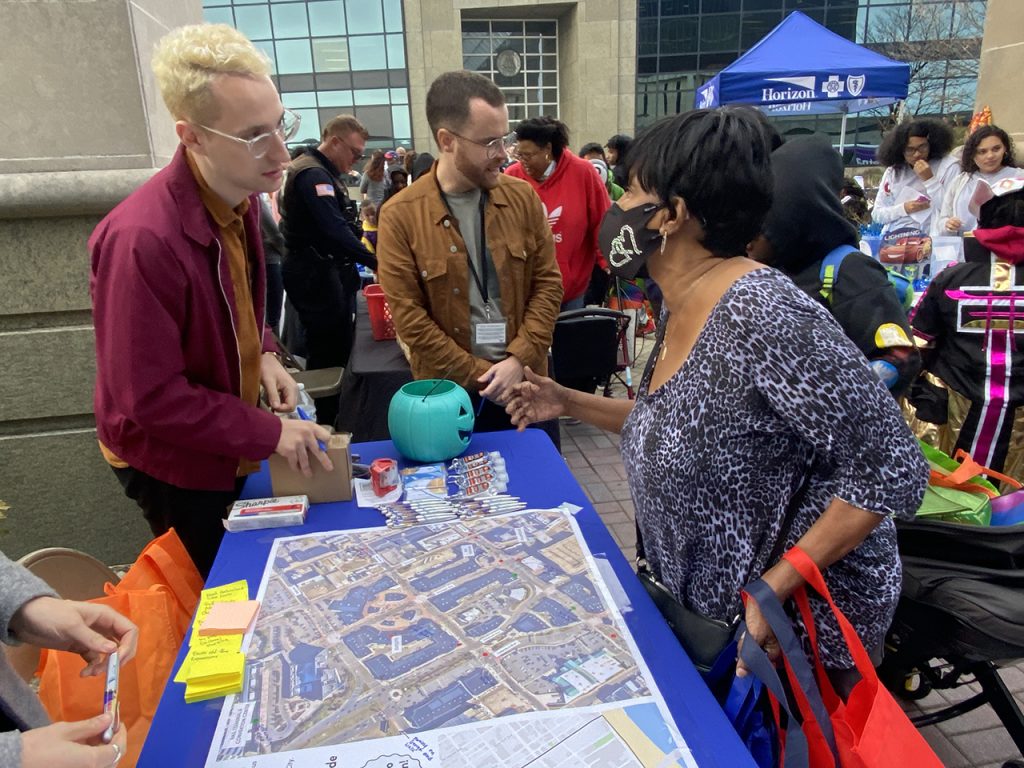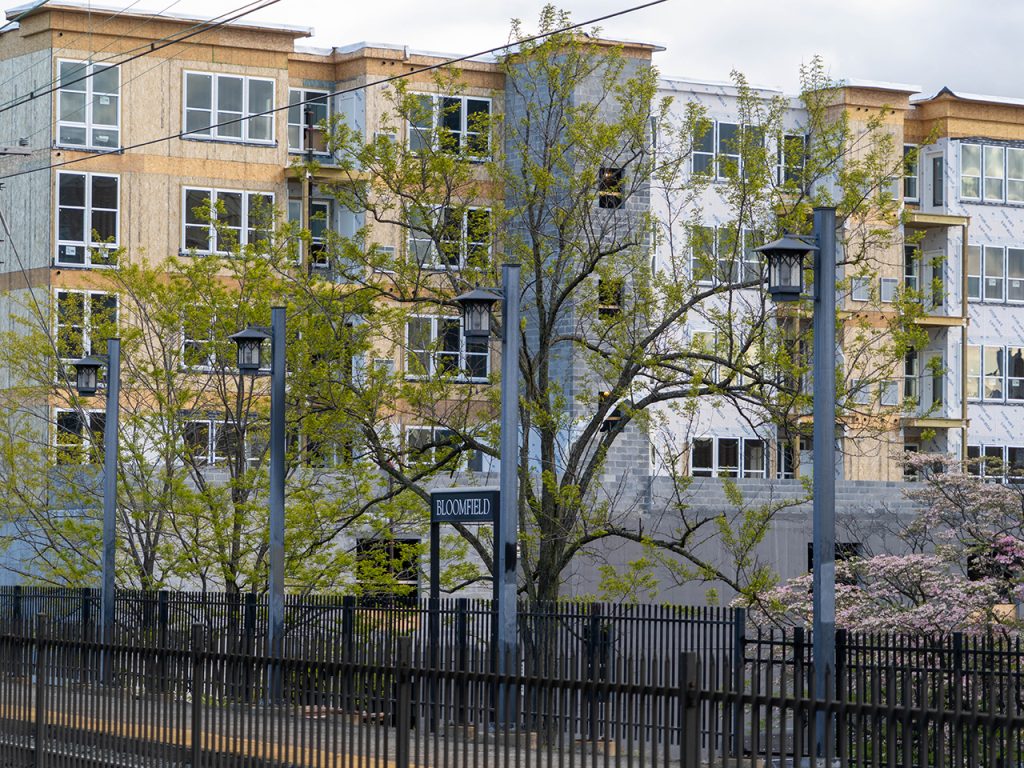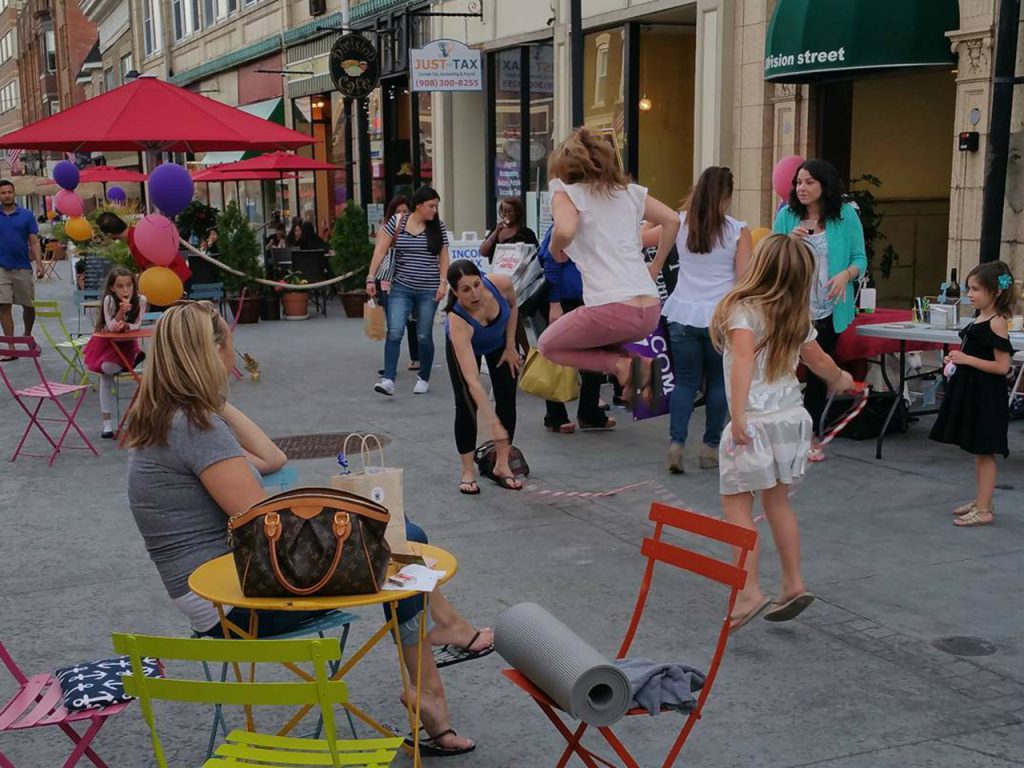Learn about Transit Friendly Planning and Transit-Oriented Development
What is Transit Friendly Planning?
Transit Friendly Planning (TFP) is a planning concept that creates an environment around transit facilities, such as bus stops, bus terminals, and rail or light rail stations, that supports and encourages transit use. These environments are achieved by proactively planning for development and circulation patterns that support safe, clean, and active places that are accessible to people of all ages, abilities, and backgrounds.
What is Transit-Oriented Development?
Transit-Oriented Development (TOD) is the concentration of development around transit facilities — often near train stations, but also close to bus terminals and stops, light rail stops, and other public transportation services. TOD is typically mixed-use and dense, and provides residents, workers, and visitors easy access to amenities. TOD helps to create livable and sustainable places where people can live, work, and play all in the same community, without requiring the use of a car.
What TOD resources are available in New Jersey?
On this website you can find original content and a growing collection of relevant literature, as well as research from VTC.
What TOD is happening in New Jersey?
For the latest updates on TOD projects in New Jersey (and around the country), subscribe to NJTOD or follow us on social media.
How can TFP & TOD benefit my community?
TFP & TOD can provide many benefits to communities. Because of its emphasis on accessibility and dense, mixed-use development, those living, working, or visiting near transit facilities can easily walk or bike to home, work, and recreation, improving their health. Fewer cars also mean less pollution and better air quality, as well as potentially fewer accidents. The narrower streets and slower speeds associated with TFP & TOD also increase the safety of pedestrians and bicyclists. With development concentrated downtown, other land can be preserved as productive farmland and recreational open space. Attractive, community-oriented downtowns with cultural and recreational amenities encourage residents to spend money in the community and invites visitors, contributing to the community’s economic vitality. Property values also tend to be highest for those nearest the transit stop.
What are the elements of transit-oriented development?
While the elements of TOD will vary from community to community, some elements are found in most projects. These include:
- Medium- to high-density housing and employment centers
- TOD projects within a half-mile from the transit facility
- Mixed-use—housing, commercial, office, retail, and civic uses within a single project or in close proximity to each
- Streets safe, clean, and accessible to people of all ages, abilities, and backgrounds
- Street and block design at pedestrian scale
- High street connectivity
- On-street parking or parking decks, instead of surface parking



